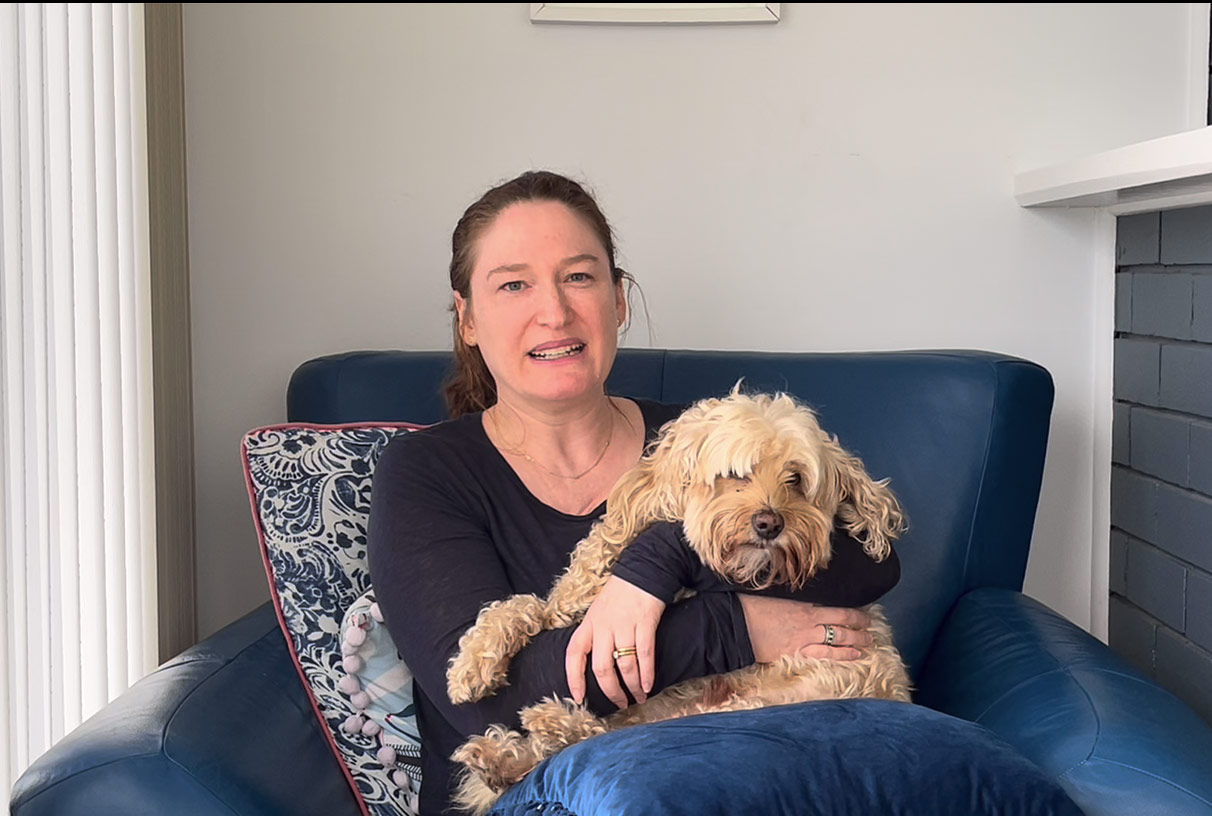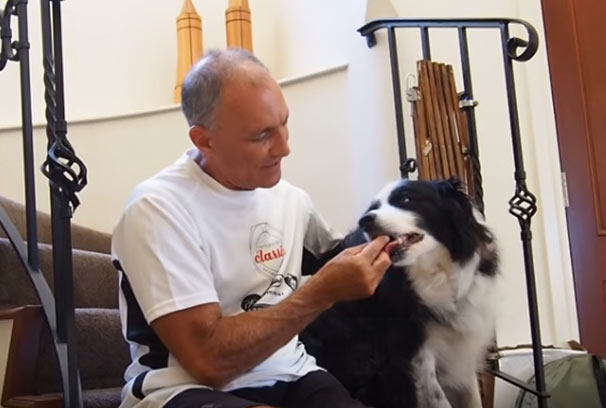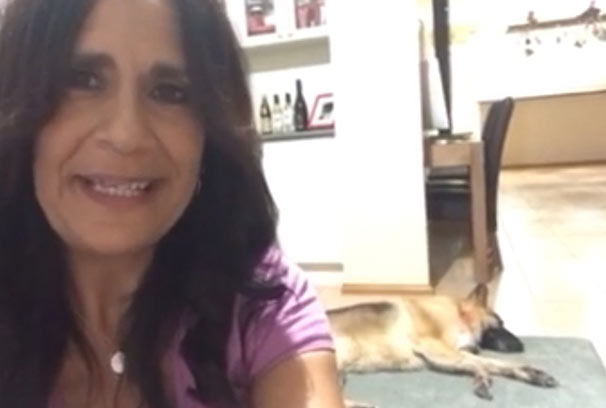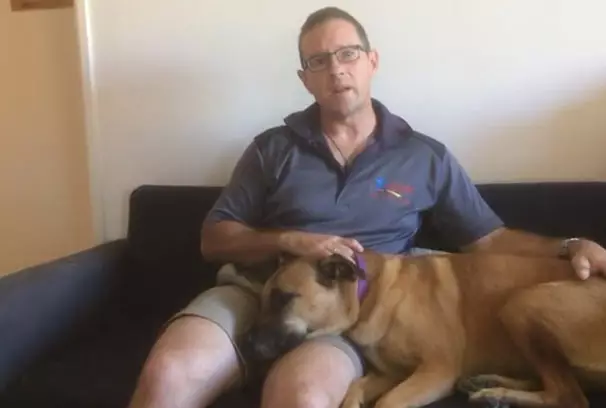Dog desexing cost: Understanding neutering and spaying expenses
Are you deciding whether or not to desex your pet or interested in learning more about dog desexing? The topic of dog desexing, and when to do it, is a much debated one, and new research regularly appears that supports one point of view or another. This article aims to give an overview of the benefits of desexing both male and female dogs, the ideal time to desex a dog, and how much the desexing procedure usually costs.
Desexing dogs – the big picture
In Australia, the desexing of dogs plays an important role in the animal birth control strategy, and helps to keep the number of accidental litters and unwanted dogs low.
 The vast majority of registered dogs in Australia is desexed – around 90%. However, it is thought that a large percentage of unregistered pets has not been desexed.
The vast majority of registered dogs in Australia is desexed – around 90%. However, it is thought that a large percentage of unregistered pets has not been desexed.
In North America desexing is also very common, while in Europe the number of desexed dogs is much lower in comparison.
Although dog desexing is not mandatory in Australia, pet rescue organisations and shelters will generally desex animals before they go into new homes.
What does desexing mean?
There are many terms to describe the desexing process: sterilising, fixing, spaying, neutering, and castrating are some of the commoner ones. The outcome is always the same – the dog will no longer be sexually productive. This is a permanent procedure that cannot be reversed. Males will no longer be able to impregnate a female. Females will no longer come on heat and cannot become pregnant.

The procedure for desexing male dogs it is called neutering or castration. The testicles, which produce the dog’s sperm and are the primary source of the male sex hormone testosterone, are removed, It is a shorter and less complicated operation than female desexing. The procedure is done under anaesthetic.
The procedure for desexing female dogs is called spaying and it entails the removal of the dog’s uterus and ovaries. Although it is a standard procedure, it is a major surgery that is performed under full anaesthetic and requires hospitalisation.
The risks of desexing procedures
As dog desexing is a standard procedure, the risk of complications is low. However, complications can occur if the wound gets infected, and in very rare cases the opening of the abdomen during the spaying procedure can cause haemorrhaging. Anaesthesia also has its own inherent risks.
Unsure how serious it is?
Bow Wow Meow policy holders can get a complimentary VetChat consult membership which gives you access to 24/7 online vet consults. If you are unsure about any symptoms your pet is experiencing, or have any concerns about your pet’s health, you can contact them anytime via video or live message.
Find out more about our pet insurance options
Post surgery treatment
The vet who performs the procedure on your dog will advise you of the recommended post surgery treatment. Generally the following is advised:
- Keep the dog quiet for several days, exercising him or her only very gently, e.g. a short stroll or walk on-leash
- No exercise or excessive play for a week to allow the incision to heal
- Prevent physical activity like jumping or play-fighting
- No water touching the wound site or bathing until the stitches are removed
- An Elizabethan collar to stop your dog from licking or biting the stitches
A check-up is recommended 7 to 10 days after the surgery, during which your vet may remove the stitches. Generally, the younger the dog, the more care is required during the recovery process.
Benefits of desexing dogs

The most obvious benefit of desexing dogs is to control the dog population and reduce unwanted pregnancies.
Desexing female dogs will also:
- stop periodic cycles and messy bleeding
- eliminate the risk of pyometra (infection of the uterus)
- reduce the risk of mammary (breast) cancer and ovarian cancer – the earlier they are spayed the less the risk, especially if before their first cycle.
Desexing male dogs while they are young means that they often don’t learn the behaviours that are related to adult sexual behaviour such as being overly territorial and excessive urine marking.
It can also help reduce behaviours that are related to higher testosterone levels in the dog, such as territorial and roaming behaviour. Desexing male dogs is not always the solution for behavioural problems, but it can help reduce them.
Neutering a male dog can also reduce the risk of testicular cancer and prostate problems.
When to desex a dog?
The right time to desex a dog has been much debated, and different organisations support different views. In the past, female dogs were commonly desexed after they gave birth to their first litter, and never before 6 months of age.

Nowadays it is accepted that puppies can be spayed or neutered from 8 weeks of age. By 6 months, especially for smaller breeds, dogs can already be sexually mature and capable of reproducing.
Most rescue organisations support desexing dogs at a very early age in order to help avoid unplanned litters and more unwanted dogs ending up in shelters and pounds.
The Australian Veterinary Association (AVA) recommends that vets should desex dogs before puberty unless there is a valid reason to delay the procedure.
However, there are a few factors to consider when choosing the right time to desex your dog:
- Avoid desexing dogs that weigh less than 1kg.
- Do not have a female dog spayed while she is on heat.
- Avoid desexing right after a severe injury – the dog will need to recover first.
- In female dogs desexed before 5.5 months, the risk of developing urinary incontinence increases from 5% to 12.9%.
 Another factor to consider is that desexing dogs before the age of 12 months results in a delayed closure of growth plates. Therefore, dogs that are desexed early are often taller and have longer limbs than dogs that are desexed once their growth plates have closed. Owners should take this into account when exercising their puppies.
Another factor to consider is that desexing dogs before the age of 12 months results in a delayed closure of growth plates. Therefore, dogs that are desexed early are often taller and have longer limbs than dogs that are desexed once their growth plates have closed. Owners should take this into account when exercising their puppies.
Especially for giant breeds, their delayed physical development should be seriously considered, and it is often recommended that their physical development should be complete before desexing.
Speak to your vet about when is the best time to spay or neuter your puppy. Bear in mind that it is never too late to desex a dog. The risk of developing certain diseases can increase with age, so desexing can be even more important for older dogs.
How much does it cost to desex a dog?
The cost of desexing a dog is partly dependent on individual factors such as the sex, size and age of the dog. The surgery is more complex for females than for males, and the weight of the dog will give an indication of the amount of anaesthetic that is required.
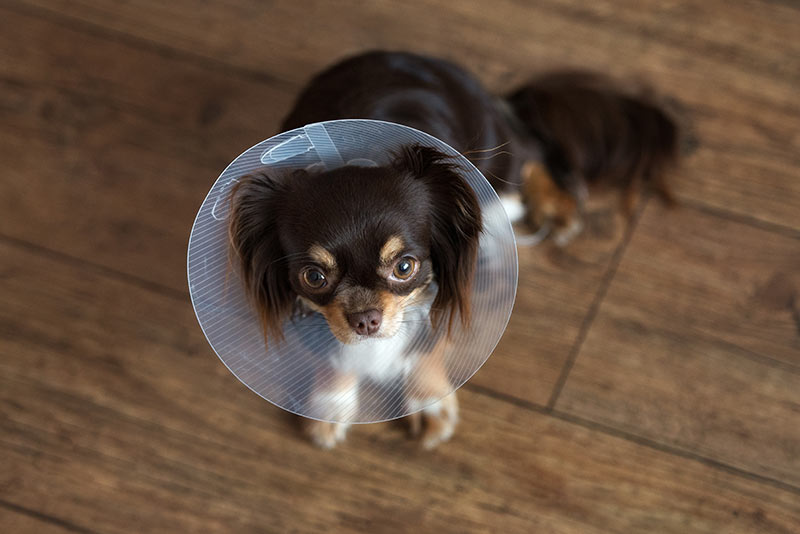
The cost will vary depending on the area you live in, and the veterinarian you visit, as well as the age, gender and weight of the dog. The following is just a rough price guide, and your vet can advise the actual costs.
Note that there are likely to be additional costs for the pre- and/or post-operative consultations with the vet.
Another factor to consider when it comes to costs is that many councils in Australia charge higher registration fees for intact dogs, thereby incentivising desexing.
Costs of desexing a female dog
- Around $200 to $500 depending on your dog’s size, age, or other individual factors, although it can exceed $700 for larger dogs.
- The typical cost for desexing female dogs weighing 10 to 20 kg is around $350.
Costs of desexing a male dog
- Start at around $200 to $300 for small dogs and can go up to $600 or more for large dogs.
- The typical cost for desexing male dogs weighing 10 to 20 kg is around $300.
How to reduce the cost of desexing
- You can search the National Desexing Network to find low cost desexing options in your local area and assess if you are eligible.
- Some councils offer desexing vouchers to use at participating vets in their local area.
- Some councils offer free desexing programs for a range of concession card holders and disadvantaged families and individuals.
- National Desexing Month is held in July or August each year. Vets, councils and animal welfare groups can participate by listing a special offer to encourage desexing for that month.














